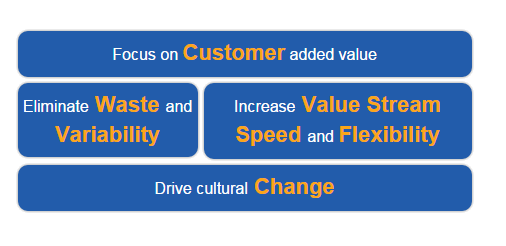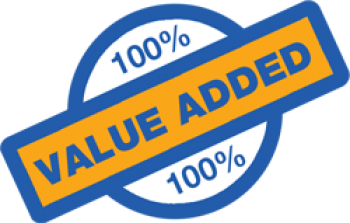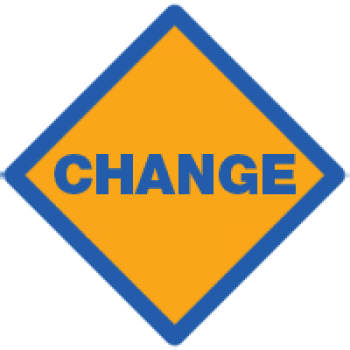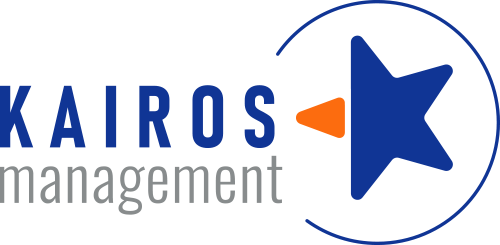


Focus on CUSTOMER added value
Customer is the king
No one would dispute that. Looking at ourselves from the customer perspective, however, remains a challenge. What we believe is our value contribution can be quite different to what the customer expects. The way we measure ourselves – e.g. service performance – can be quite different to the way the customer measures us.
Actively listening to the customer is a great innovation driver: it pushes everyone to constantly question bureaucracy (are we adding value to the customer?), it helps discover new business opportunities, and it provides an external push for change. Customer focussed organisations are typically more innovative.
Food for thought:
- Does your organisation understand customer expectations beyond contractual commitments?
- Does your organisational structure support or hinder customer centricity?
- Do your performance KPIs reflect customer perspective?
- Do you have proper systems to capture and act upon customer feedback?

Eliminate WASTE and VARIABILITY
Any use of resources that does not create value for the end customer is wasteful. Any action or process the customer is not willing to pay for is non value added.
Ask yourself the question: how much of your time is spent truly adding value to your company’s customers, meaning the customers are willing to ‘pay for it’? There is a tremendous opportunity to improve, to reduce complexity, to eliminate the waste and inefficiencies in what we do, to free-up time and capacity.
Process variability and instability are a major source of waste: they generate customer dissatisfaction and inconsistent quality and performance. They create rework and other non-quality costs. And they force ‘buffers’ in the form of extra capacity or extra inventories to protect ourselves.
Fighting variability, making operations more predictable, stable and standard is a cornerstone of Operational Excellence.
Food for thought:
- Is there awareness in your organisation about value-added / non-value-added and a waste fighting attitude?
- Do you know your Costs of Non Quality? Do you understand the impact of variable and unreliable processes in your costs?
- Is there a truly external customer perspective in challenging what doesn’t add value?

Increase VALUE STREAM SPEED and FLEXIBILITY
It’s better to have good processes and average people than good people and average processes
Cost efficiency, quality and service excellence come through efficient, consistent and properly managed processes. Operational excellence is about taking waste out of them, making them leaner, more flexible, responsive to the customers and the market.
Ensure stakeholders across the organisation see, manage and improve the processes they are part of. Drive a value stream perspective beyond functional boundaries, from suppliers to customers.
Food for thought:
- Is there a value stream perspective across the organisation?
- How do your lead times compare with those of your competitors? What is the Process Cycle Efficiency for your main value streams? (value added time to total lead time ratio). How much working capital you have tied-up compared to benchmark companies in your industry?
- How mature are your operational processes – standardised, consistently followed and well managed?
- What improvement mechanisms and tools do you have in place? How engaged are all stakeholders in value stream improvement?

Drive cultural CHANGE
100% of successful change initiatives had good technical solution or approach. 98% of unsuccessful changes also had a good technical solution or approach.
R = Q x A
Operational Excellence is, above all, a workplace transformation initiative. One that impacts virtually every single employee. Its success (R or Results) will be a factor of:
- How good and compelling the principles, methodology and tools are (Q or Quality)
- How well accepted those are by the organisation, and how effective we are in driving change (A or Acceptance).
Transformation initiatives typically fail to deliver results not because of the Q, but because of the A: we are quite comfortable with the Q side of the equation – we have the tools and skills to develop good solutions ‘on paper’. Changing attitudes, mindsets and behaviours, however, is much more difficult. So think not only about the tools and systems you are going to introduce, but how are you going to engage the employees and drive change
Food for thought:
- How effective are you in driving change in your organisation? In creating a need, defining a vision?
- How engaged are your top and middle managers in leading the change effort?
- How receptive are employees to change?



